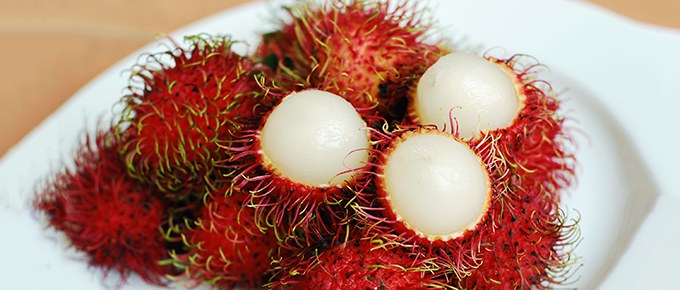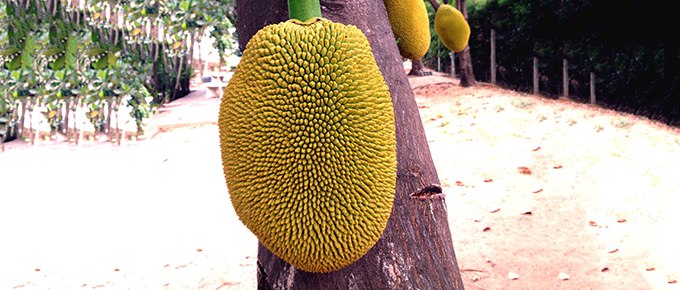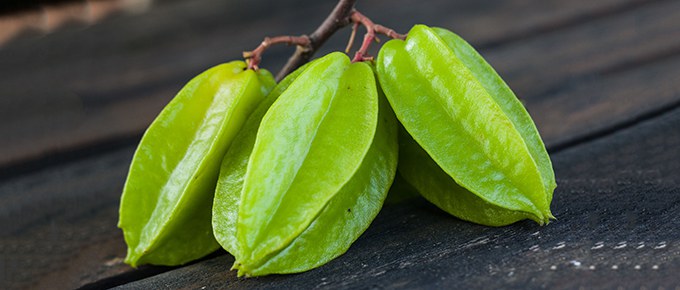Weird and Exotic
Nature is astounding in her repertoire, and within it we can find some exotic superfoods that range from awe-inspiring to down-right strange. Here are 10 super weird superfoods you may never have heard of before.
1. Rambutan

If a porcupine and a large tomato were to have a baby fruit, it would look like rambutan. One of many awesome exotic superfoods, this odd ball commonly grows throughout Malaysia and Indonesia. Its insides are sought after as a sweet and sour, gummy nourishment. It contains many vitamins and trace minerals that are often absent in our diets, including iron, magnesium, manganese, potassium, and zinc.
2. Buddha’s Hand

Another strange, exotic fruit, Buddha’s Hand looks just like its name. Also called Fo Shou in Chinese medicine, the fruit ripens all its carpels separate from each other and form elongated, curved shapes. As a result, each carpel appears like a single finger and the whole fruit looks like a Buddha hand. Yeah?
Including coumarin compounds, this fruit has volatile oils considered very healing, such as the chemical constituents bergapten, limonin, aurantiamarin, and diosmin.
3. Jackfruit

This odd looker can grow to be as much as 80 pounds. That’s a lot of fruit to be hanging from a tropical tree, but this is exactly how jackfruit grows. Jackfruit is native to South and Southeast Asia and is from the same family as mulberries and figs, but grows to be much larger than its cousins. Jackfruit is excellent for promoting brain health, and is full of manganese and vitamin C.
4. Carambola (Star Fruit)

This fruit is absolutely amazing. Native to Thailand, Southeast Asia, Australia, and South America, it is shaped like a 5-pointed star when you slice through it. What really makes the star fruit shine, though, is its high content of vitamin C, potassium, and fiber. It’s also full of antioxidants and flavanoids.
5. Kiwano

Also known as horned melon, this exotic superfood looks like something that would have been eaten in Middle Earth in the Lord of the Rings. It was little known until after the 1930’s outside of its place of origin in Africa. Kiwano is full of a-tocopherol and y-tocopherol, as well as carotenoids which help suppress free radicals and protect DNA.
This fruit also contains about 307 IU of vitamin A to protect eyesight, zinc, and vitamin C, all of which slow the aging process.
Leave a Reply